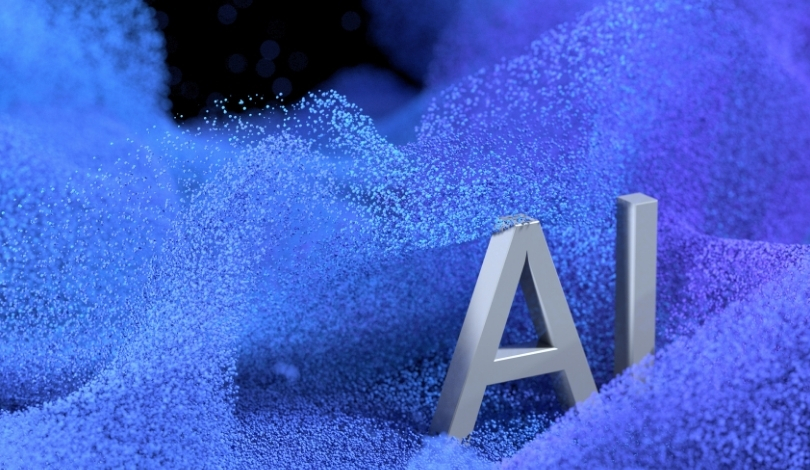Advanced Science’s latest article, “Surface‐Enhanced Raman Scattering Imaging Assisted by Machine Learning Analysis: Unveiling Pesticide Molecule Permeation in Crop Tissues,” explores a new technology to analyze the infiltration of pesticides into crops. The study integrates artificial intelligence with 3D and dynamic Surface-Enhanced Raman Scattering (SERS) imaging to examine pesticide residues from the surface to the pulp of fruits and vegetables, aiming for more accurate detection and prediction of pesticide spectra. This new approach has the potential to significantly impact food safety regulations and pesticide usage strategies by providing deeper insights into pesticide dynamics.
Machine Learning Integration
Artificial intelligence techniques have been applied to systematically address the technical challenges in SERS imaging technology, including balanced spatial resolution, substrate heterogeneity, and quantitative analysis. By leveraging perovskite/silver nanoparticles composites (CaTiO3/Ag@BONPs) as enhanced substrates, the study achieves more accurate and comprehensive analyses of pesticide penetration in crops. This integration allows researchers to quantify the permeation of various pesticides, including chlorpyrifos, thiabendazole, thiram, and acetamiprid, offering a clearer understanding of their infiltration dynamics.
The findings of this innovative study challenge existing paradigms by revealing a previously unnoticed weakening process during pesticide invasion. The research also highlights the surprising permeability of non-systemic pesticides and underscores the intensified invasive capacity when pesticides are combined, due to their interactions. These revelations suggest a need for reevaluation of current pesticide application practices and regulatory standards, potentially leading to safer and more effective use of pesticides in agriculture.
Implications for Food Safety
The study’s insights into pesticide penetration have significant implications for food safety. By providing a more nuanced understanding of how pesticides infiltrate crops, this research could inform better practices for pesticide application and residue management. The use of SERS imaging technology, enhanced by AI, offers strong support for future applications in food safety evaluations and regulatory assessments. Researchers in related fields may find valuable reference and further inspiration from these findings, potentially leading to broader adoption of this technology.
Comparing with other studies on pesticide analysis, this research stands out for its use of AI to enhance the accuracy and comprehensiveness of SERS imaging. While previous methods have provided useful data on pesticide residues, they often lacked the spatial resolution and quantitative precision achieved in this study. The integration of AI allows for real-time, dynamic analysis that can adapt to various conditions and pesticide types, marking a significant step forward in the field.
Previous reports on pesticide detection have mainly focused on surface residues, often overlooking deeper tissue penetration. This new approach addresses that gap, offering a more complete picture of pesticide dynamics. Additionally, the revelation of intensified pesticide invasiveness due to interactions could lead to new guidelines for combined pesticide use, potentially reducing harmful residues in food products. The study’s findings may prompt further research into the molecular mechanisms behind pesticide interactions and their impact on crop safety.
The study presented in Advanced Science not only advances our understanding of pesticide penetration but also offers a robust framework for future research and regulatory measures. By integrating machine learning with SERS imaging, the research provides a powerful tool for more precise and comprehensive pesticide analysis. This could lead to improved food safety standards and more effective pest management strategies, ultimately benefiting both consumers and agricultural producers.










